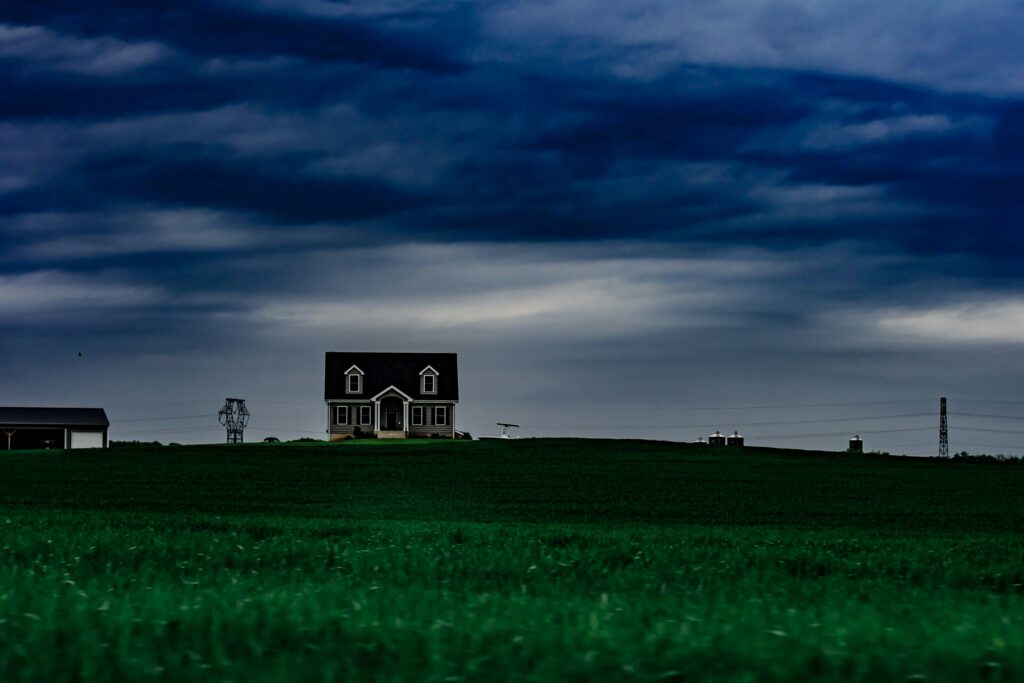
As a homeowner, protecting your property from storm damage is essential. From heavy rain and wind to hail and lightning, storms can wreak havoc on your home if you’re not prepared. This article will provide you with a list of tips to help minimize storm damage and keep your home safe and secure.
Keep Trees Trimmed
One of the biggest threats during a storm is falling branches or trees. To minimize the risk of damage to your home, make sure to regularly trim any overhanging branches that could potentially fall during a storm. This will not only protect your property but also prevent any injuries or accidents.
In addition to trimming branches, it’s important to assess the overall health and stability of the trees around your home. If you have trees that are dead, dying, or leaning precariously, it’s wise to consider removing them altogether. A professional arborist can help evaluate the condition of your trees and determine if they pose a threat to your property. Taking proactive measures, such as removing these hazardous trees, can significantly reduce the risk of storm damage. Remember, investing in tree removal now can save you from costly repairs later when severe weather strikes.
Secure Loose Outdoor Items
Before a storm hits, take the time to secure any loose outdoor items such as patio furniture, garden tools, and decorations. These items can easily become dangerous projectiles during strong winds, causing damage to your home or neighboring properties.
In addition to gathering patio furniture and tools, it’s important to check any other potential hazards around your yard. This includes items like outdoor decorations, planters, and even trash cans. Consider using bungee cords or heavy weights to keep larger items in place. If you have kids’ toys, make sure they’re brought indoors or stored in a secure shed. Don’t forget to also check your grill; covering it with a durable tarp can help protect it from the elements.
Check Your Roof
Inspect your roof for any loose or damaged shingles that could be torn off during a storm. It’s important to address any issues before a storm hits to prevent water from leaking into your home and causing further damage.
In addition to checking your roof, it’s crucial to inspect your gutters and downspouts. Ensure they are clear of debris, such as leaves and twigs, which can block water flow. Clogged gutters can lead to overflow, causing water to pool on your roof and potentially seep into your home. Regular cleaning and maintenance will help direct water away from your foundation and reduce the risk of costly water damage.
While inspecting your roof, look for signs of wear and tear. Check for curling, cracked, or missing shingles, as these can compromise your roof’s integrity. Additionally, examine the flashing around chimneys, vents, and skylights for any gaps or damage. If you notice any issues, consider contacting a roofing professional to make the necessary repairs. If your roof is damaged, make sure to get it repaired right away. A roofing company, one like Bruggeman Exteriors and Roofing, can repair your roof from storm damage. Addressing these concerns early can help ensure your roof is ready to withstand severe weather.
Install Storm Shutters
When it comes to safeguarding your home, storm shutters are a smart investment. They not only protect your windows from shattering but also help reduce the intensity of wind and debris impacts. There are various types of storm shutters available, including accordion, Bahama, and roll-down shutters, each offering unique benefits depending on your needs and aesthetic preferences.
Before installation, it’s important to consider the materials used for the shutters. Options range from lightweight, durable aluminum to heavy-duty steel, which can provide varying levels of protection. Additionally, check local building codes and regulations which might dictate the type and installation methods of storm shutters in your area.
Installing storm shutters can be a manageable DIY project if you’re handy, but hiring a professional ensures a secure fit and proper function. Regardless of your approach, having your storm shutters ready well before storm season sets in gives you peace of mind, knowing that your home is better prepared to face severe weather. Remember, timely installation can be the difference between minor damage and significant losses during a storm.
Update Your Insurance Policy
Review your homeowner’s insurance policy to ensure you have adequate coverage for storm damage. Make sure you understand what is covered and what isn’t so that you’re prepared in case you need to file a claim after a storm.
By following these tips to minimize storm damage, you can protect your home and keep your family safe during severe weather events. Remember that preparation is key when it comes to dealing with storms, so take the time now to safeguard your property before it’s too late. Stay safe!


